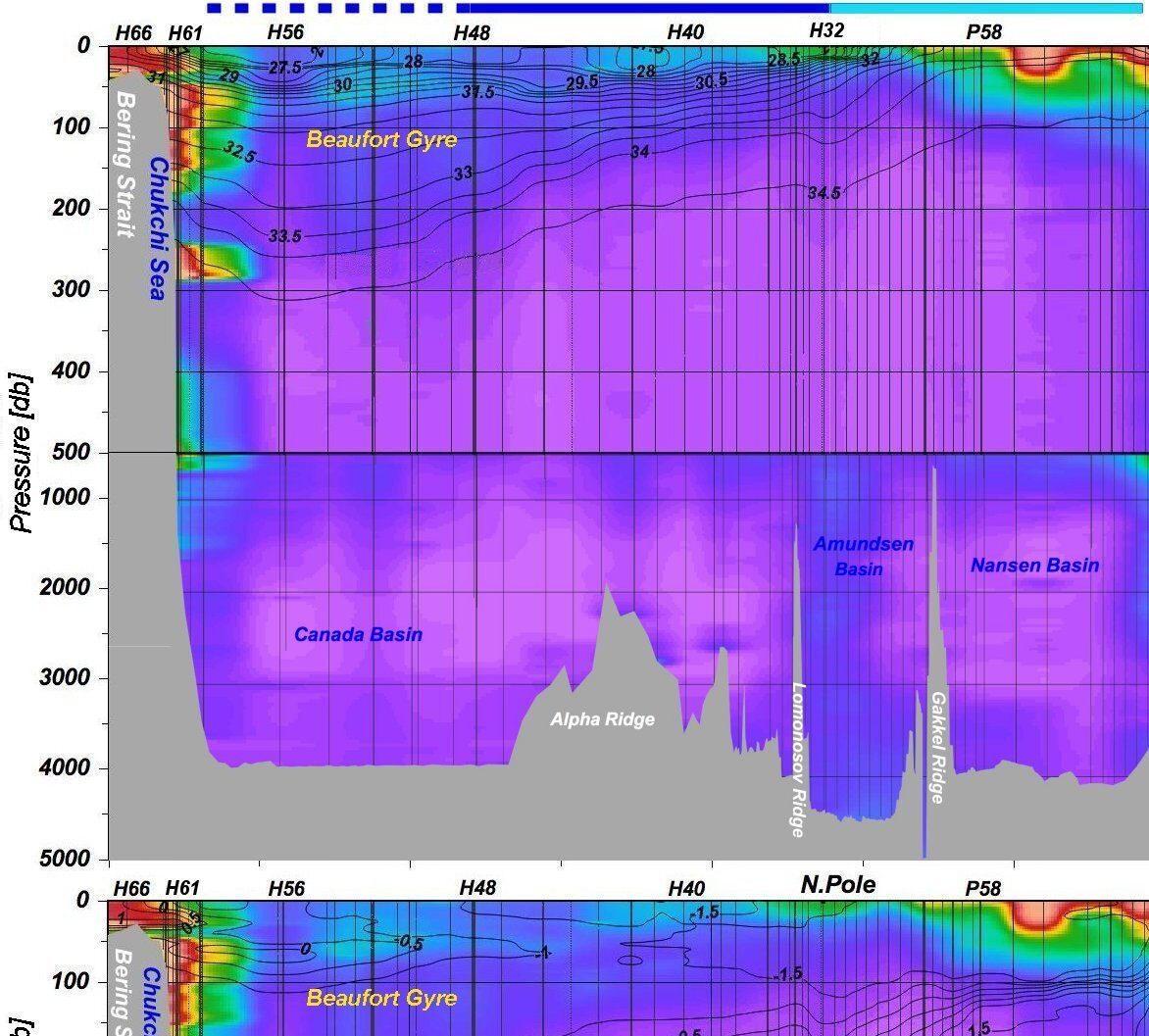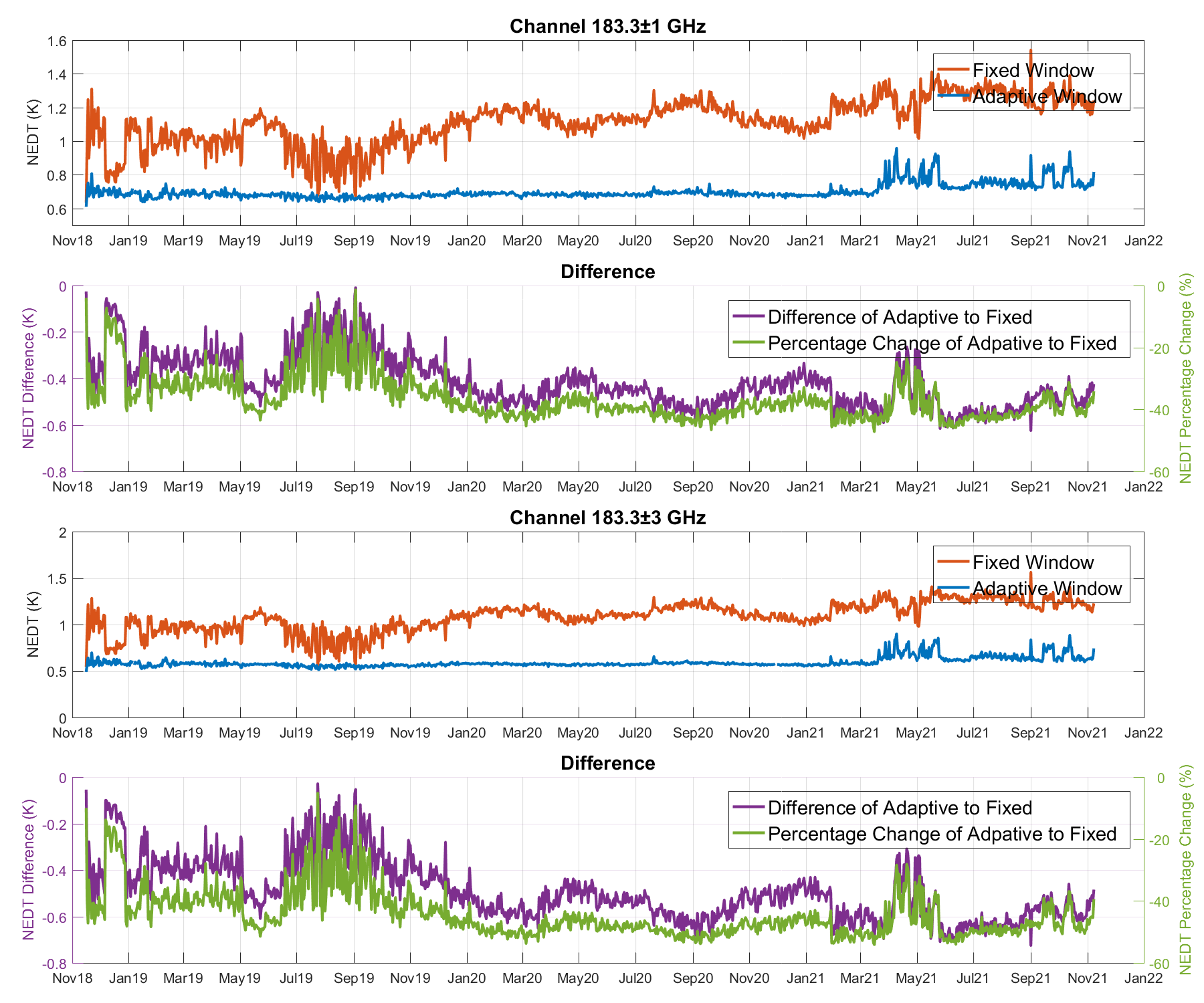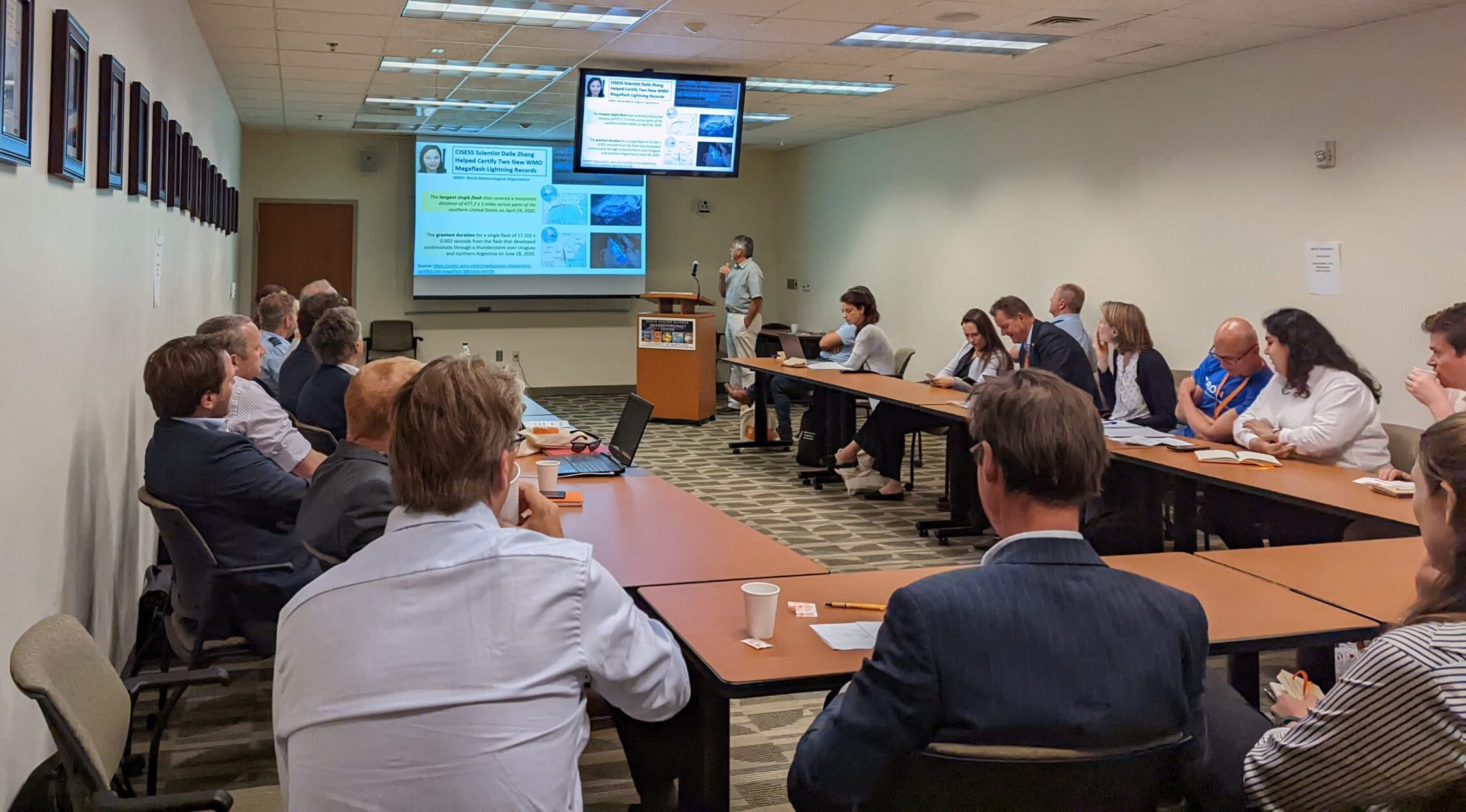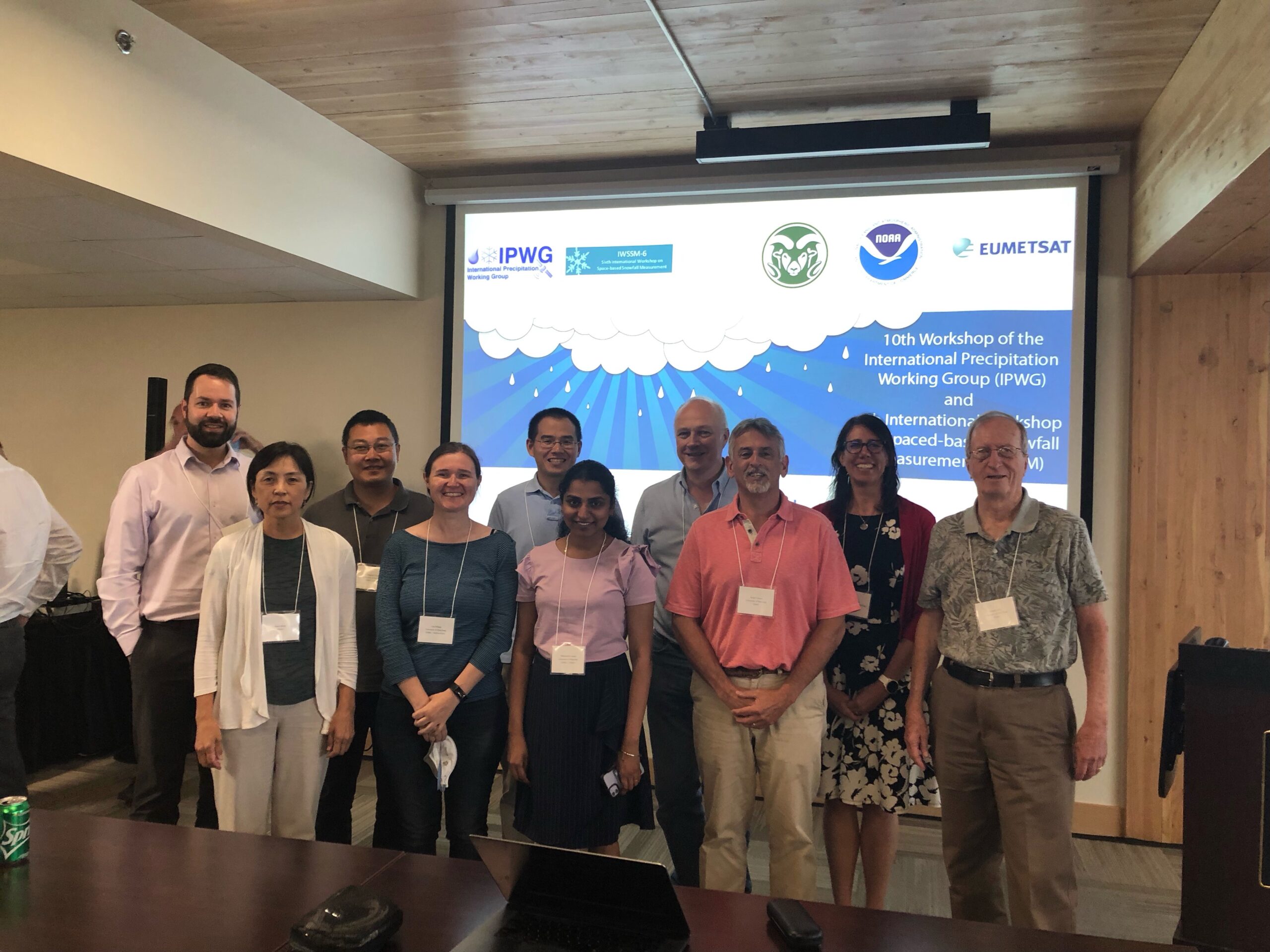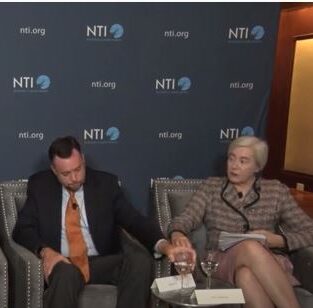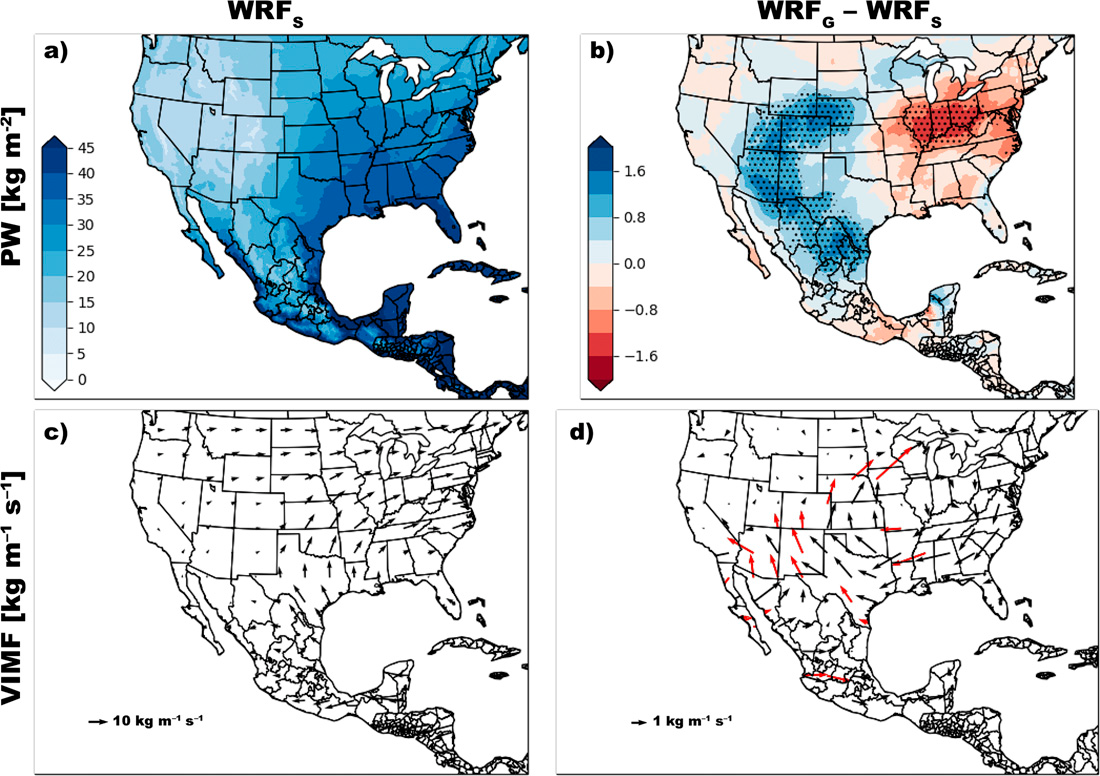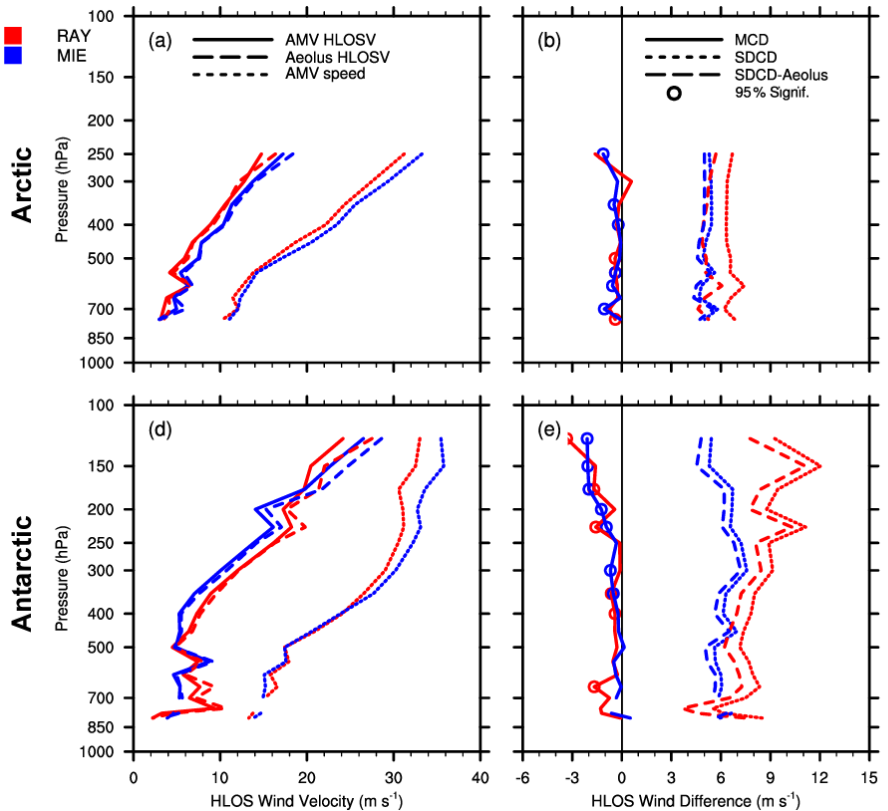ESSIC/CISESS scientist Daile Zhang attended and presented at the National Climate Assessment (NCA) “Lightning as an Indicator of Climate” Annual Science Meeting that was held on June 6-7 at the UMD Department of Atmospheric and Oceanic Science (AOSC) Atlantic Building. The meeting is an annual working group get-together for people from NASA, University of Arizona, City College of New York, University of Alabama in Huntsville, and University of Maryland on various lightning tasks/projects, including lightning climatology, lightning NOx observations, dry lightning, wildfires, and this year’s NASA Marshall Space Flight Center CubeSpark project.
